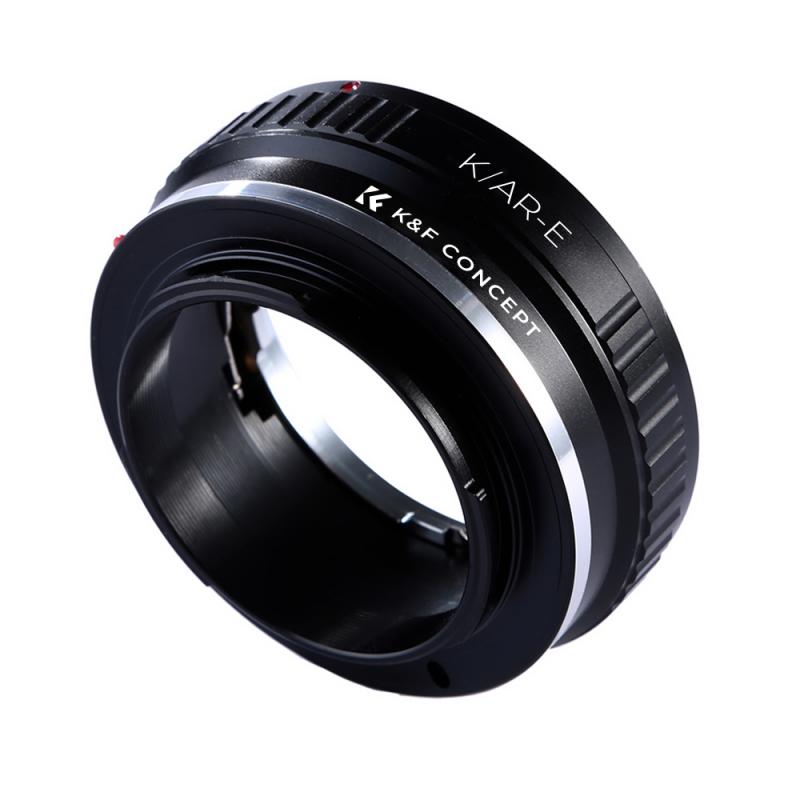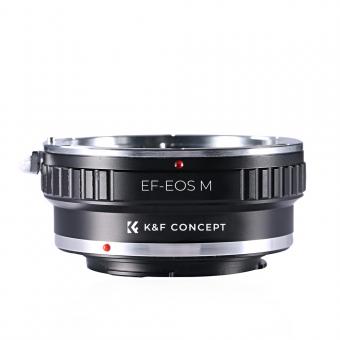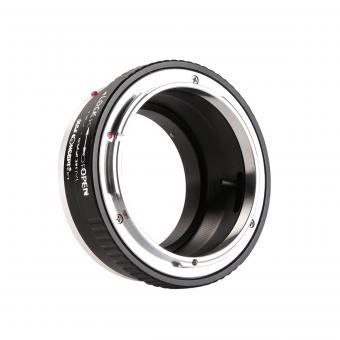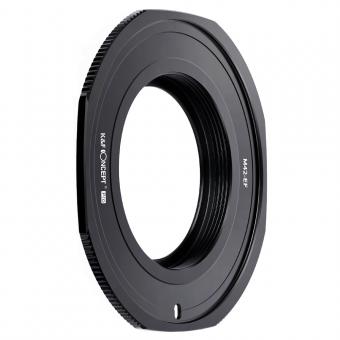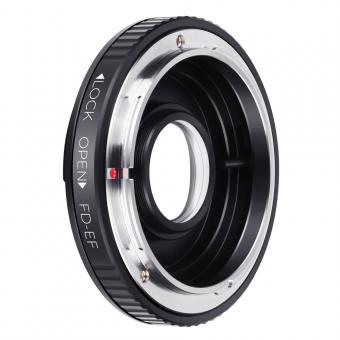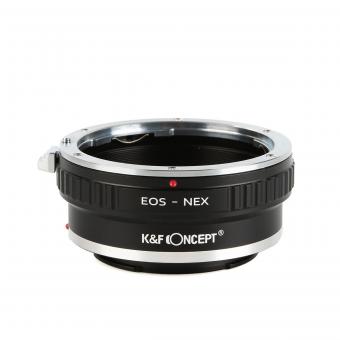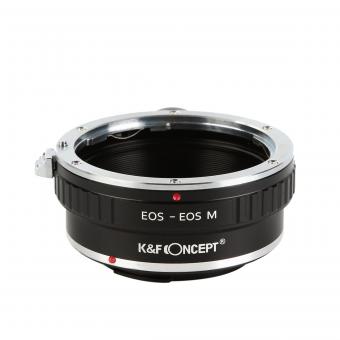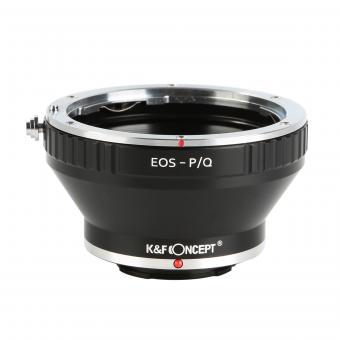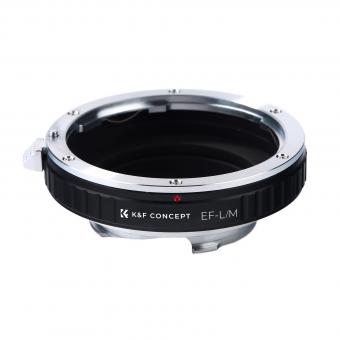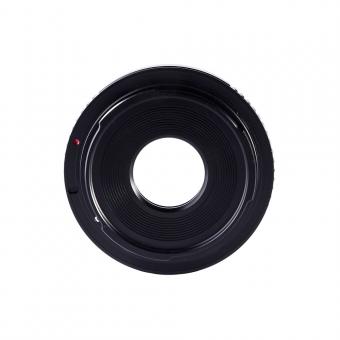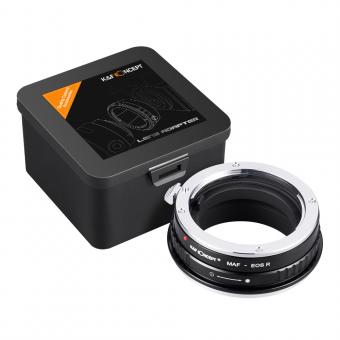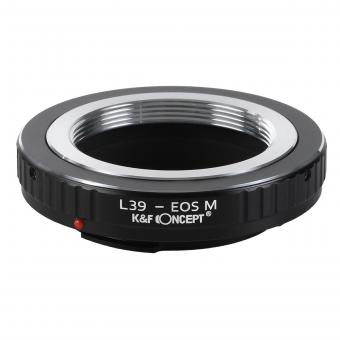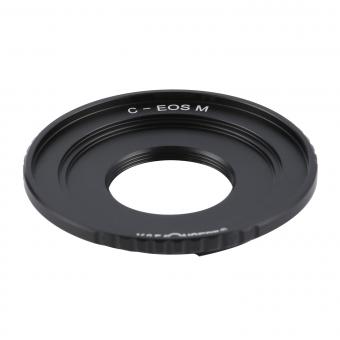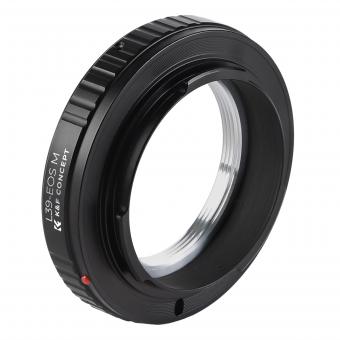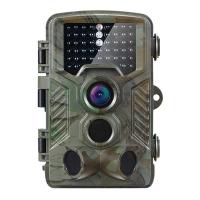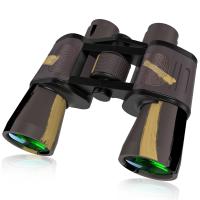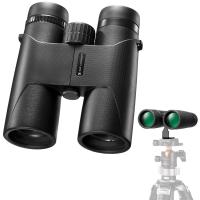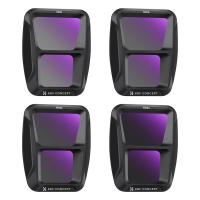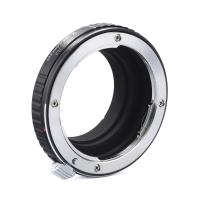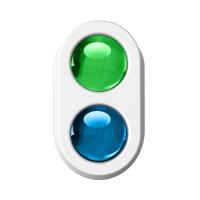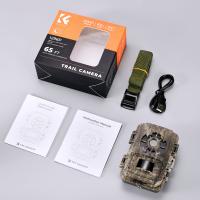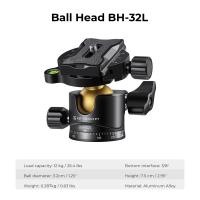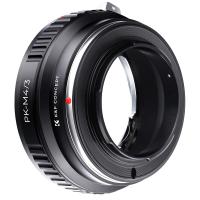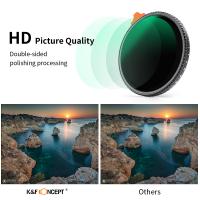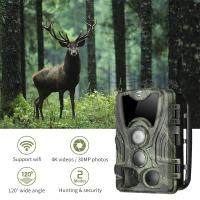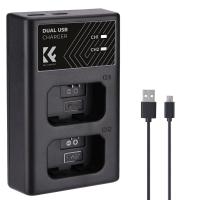What Is Ef Mount ?
The EF mount is a lens mount system developed by Canon for their line of EOS (Electro-Optical System) cameras. It was introduced in 1987 and has since become the standard lens mount for Canon's interchangeable lens cameras. The "EF" stands for "Electro-Focus," indicating the autofocus capabilities of the lenses that use this mount. The EF mount features a bayonet-style design, allowing lenses to be easily attached and removed from the camera body. It also includes electrical contacts that enable communication between the camera and lens, allowing for features like autofocus, image stabilization, and aperture control. The EF mount has undergone several revisions over the years, with the most recent being the EF-M mount for Canon's mirrorless cameras.
1、 EF Mount: Overview and History
EF Mount, short for Electro-Focus Mount, is a lens mount system developed by Canon for their line of interchangeable lens cameras. It was introduced in 1987 and has since become the standard lens mount for Canon's EOS series of cameras, including both DSLRs and mirrorless cameras.
The EF Mount is characterized by its electronic interface, which allows for communication between the camera body and the lens. This enables various features such as autofocus, aperture control, and image stabilization to be controlled electronically. The mount also supports electronic data transfer, allowing the camera to communicate lens information such as focal length and aperture settings.
One of the key advantages of the EF Mount is its compatibility with a wide range of lenses. Canon has an extensive lineup of EF lenses, ranging from wide-angle to telephoto, prime to zoom, and even specialty lenses like macro and tilt-shift. This versatility has made the EF Mount a popular choice among photographers and videographers, as it provides them with a vast selection of lenses to choose from.
In recent years, Canon has introduced a new lens mount system called RF Mount for their mirrorless cameras. The RF Mount offers several advantages over the EF Mount, including a wider lens mount diameter, which allows for larger aperture lenses and improved optical performance. However, Canon continues to support the EF Mount and has released adapters that allow EF lenses to be used on RF mount cameras.
In conclusion, the EF Mount is a widely used lens mount system developed by Canon. It has a long history and offers compatibility with a vast range of lenses, making it a popular choice among photographers and videographers. While Canon has introduced the RF Mount for their mirrorless cameras, the EF Mount continues to be supported and used by many photographers around the world.
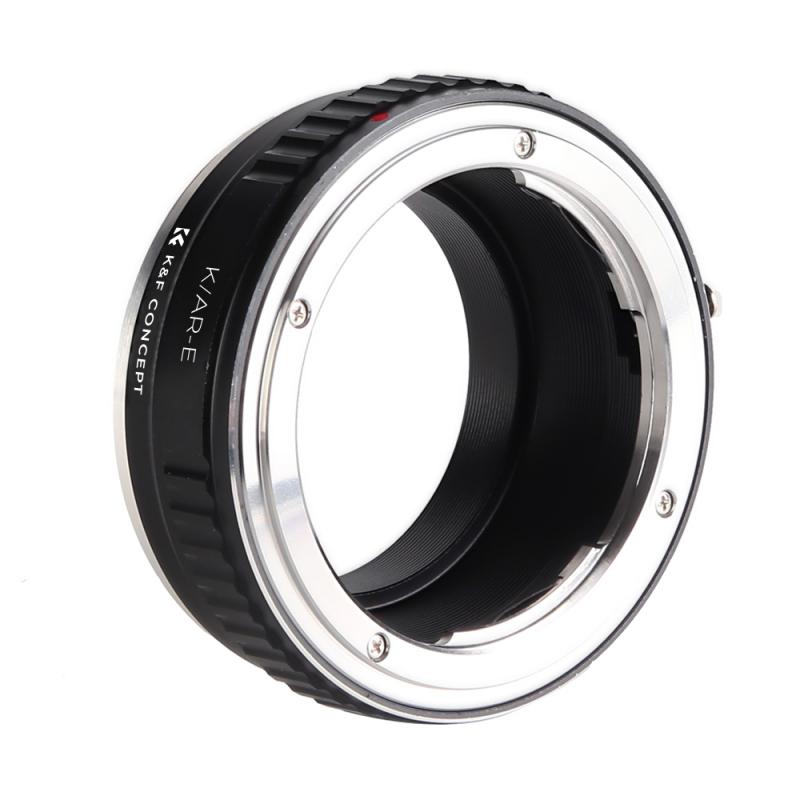
2、 EF Mount vs. EF-S Mount: Key Differences
EF Mount is a lens mount system developed by Canon for its line of interchangeable lens cameras. It stands for "Electro-Focus" and is used for Canon's full-frame and APS-C sensor cameras. The EF Mount was introduced in 1987 and has since become the standard lens mount for Canon's professional and enthusiast-level cameras.
EF-S Mount, on the other hand, is a variation of the EF Mount that is specifically designed for Canon's APS-C sensor cameras. The "S" in EF-S stands for "Short back focus," which means that the distance between the lens mount and the image sensor is shorter than in the EF Mount. This allows for smaller and lighter lenses to be designed for APS-C cameras.
The key difference between EF Mount and EF-S Mount is the compatibility of lenses. EF lenses can be used on both full-frame and APS-C cameras, while EF-S lenses can only be used on APS-C cameras. This is because EF-S lenses are designed to project an image circle that only covers the smaller APS-C sensor.
In terms of image quality, there is no significant difference between EF and EF-S lenses. Both types of lenses can produce high-quality images when used with the appropriate camera. However, EF lenses tend to be more expensive and larger in size compared to EF-S lenses.
It is worth noting that Canon has recently introduced a new lens mount system called RF Mount for its mirrorless cameras. The RF Mount offers several advantages over the EF Mount, including a wider lens mount diameter and improved communication between the lens and camera. However, EF Mount and EF-S Mount lenses can still be used on Canon's mirrorless cameras with the use of an adapter.
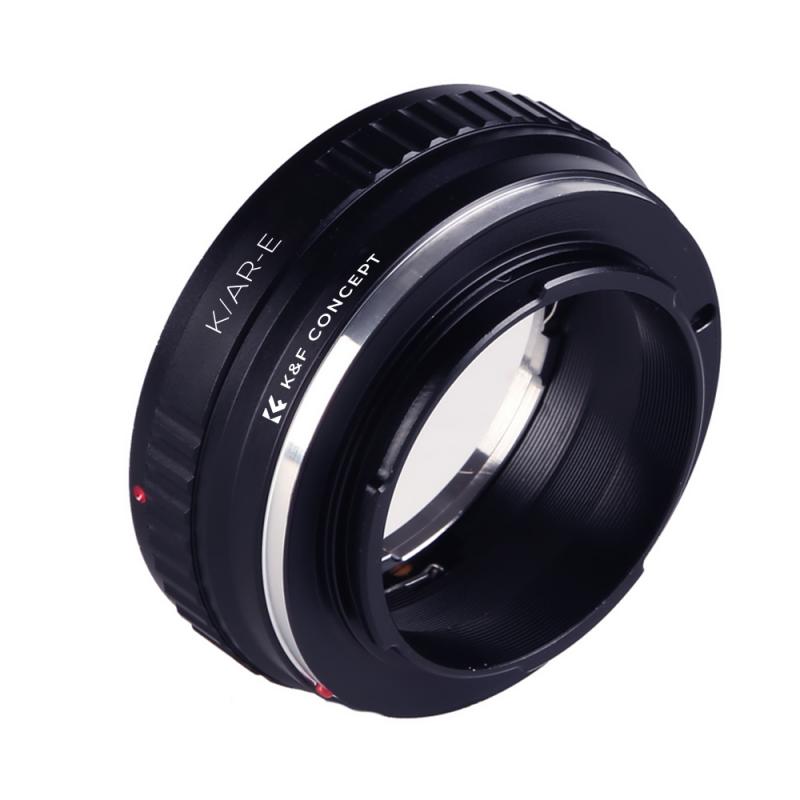
3、 EF Mount Compatibility with Canon Cameras
EF Mount is a lens mount system developed by Canon for its line of interchangeable lens cameras. It stands for "Electro-Focus" and was introduced in 1987. The EF Mount is used on Canon's full-frame and APS-C sensor cameras, including both DSLRs and mirrorless cameras.
The EF Mount is known for its wide compatibility with a vast range of Canon lenses. It allows photographers to use a variety of lenses, from wide-angle to telephoto, and from prime to zoom, providing flexibility and versatility in capturing different types of shots. This compatibility has made the EF Mount system popular among professional photographers and enthusiasts alike.
One of the latest developments in EF Mount compatibility is the introduction of Canon's mirrorless cameras, such as the EOS R series. These cameras use the RF Mount, which is a new lens mount system specifically designed for Canon's mirrorless cameras. However, Canon has also released EF-EOS R mount adapters, which allow EF Mount lenses to be used on the RF Mount cameras. This means that photographers who already own EF Mount lenses can still utilize them on the latest Canon mirrorless cameras without any loss in functionality.
In conclusion, EF Mount is a lens mount system developed by Canon that offers wide compatibility with a range of lenses. With the introduction of Canon's mirrorless cameras, EF Mount lenses can still be used through the use of mount adapters. This ensures that photographers can continue to make use of their existing EF Mount lenses while taking advantage of the latest camera technology.
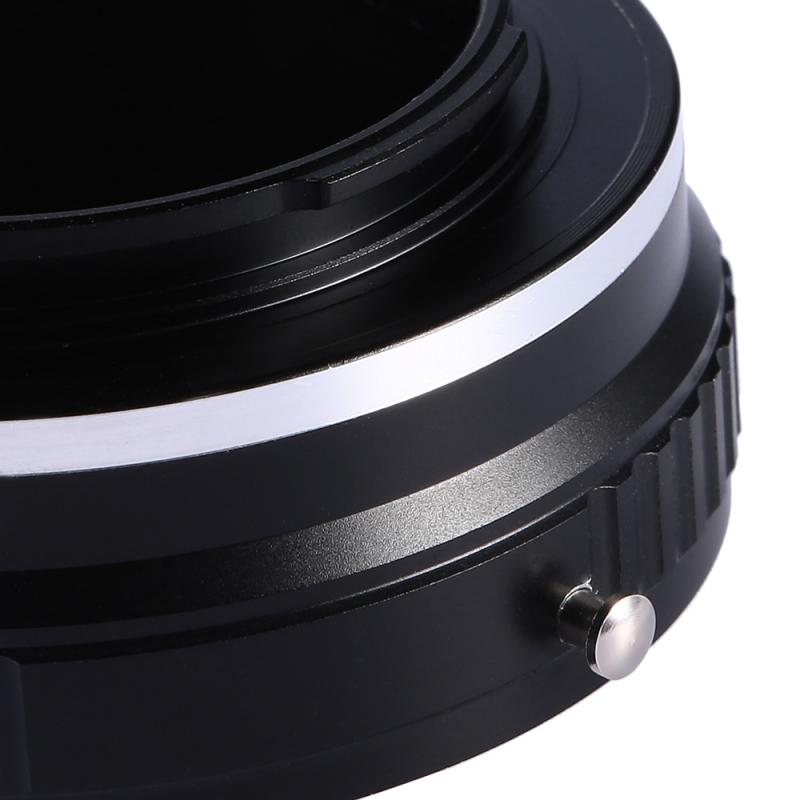
4、 EF Mount Lens Options and Varieties
EF mount refers to the lens mount system used by Canon for its line of interchangeable lenses. The EF mount was introduced in 1987 and has since become the standard lens mount for Canon's EOS series of cameras. It stands for "Electro-Focus" and signifies the electronic autofocus capabilities of the lenses.
EF mount lenses are known for their versatility and wide range of options. Canon offers a vast selection of EF mount lenses, including prime lenses, zoom lenses, telephoto lenses, macro lenses, and more. These lenses are designed to fit seamlessly onto Canon EOS cameras, allowing photographers to easily switch between different lenses to achieve their desired focal length and shooting style.
One of the advantages of the EF mount system is its compatibility with both full-frame and APS-C sensor cameras. This means that EF mount lenses can be used on a variety of Canon cameras, from entry-level models to professional-grade DSLRs. Additionally, Canon has also introduced a line of EF-S lenses specifically designed for APS-C sensor cameras, providing even more options for photographers.
In recent years, Canon has expanded its EF mount lens lineup to include innovative features such as image stabilization, fast and silent autofocus motors, and advanced optical designs. The latest EF mount lenses also incorporate technologies like Canon's proprietary lens coatings to reduce flare and ghosting, as well as weather sealing for enhanced durability in challenging shooting conditions.
Overall, the EF mount system offers photographers a wide range of lens options and varieties to suit their specific needs and shooting preferences. With continuous advancements in technology, Canon continues to expand its EF mount lens lineup, providing photographers with even more creative possibilities.
